You may think that there is nothing to be questioning. The name coconut itself shows that this thing is a nut. But is it really so? Is coconut a fruit? Or is it a nut?
Instead of trying to guess, we suggest you read this article and find out the truth about this mysterious foodstuff.
What Makes Fruits Fruits?
To begin with, let’s make it clear what is classified as fruits.
First of all, fruits are the reproductive organs of the flowering plants. When flowers drop off, the fruit remains until it becomes ripe.
Second, they always contain seeds.
Fruits are known for having skin and a softer juicy inside flesh that covers the seed or the seeds.
Depending on their built, fruits are divided into several classes:
Drupes. Fleshy fruits with one hard seed, fleshy and juicy insides, and outer shell (e.g. peaches, nectarines, olives).
Berries. These have several small seeds and fleshy inside with skin on (grapes, tomatoes, eggplant)
Pomes. Many seeds, juicy insides, and fleshy tissue that is sweet (apples, pears).
Hesperidia and Pepos. Leathery rind and fleshy insides are the significant features of this class that includes grapes, citruses, cucumbers, squash, etc.
However, there are also dry fruits! And no, we don’t mean raisins or something similar. This class includes, for instance, sunflower seeds, beans, peas, corn, and…some nuts! For example, hazelnuts, acorns, and hickory, which are actually the fruits filled with a single seed covered with a hard shell that doesn’t open when the fruit ripens.
What Makes Nuts Differ From Fruits?
So, if certain kinds of nuts are in fact the members of the fruit family, what do we usually call nuts then?
It may seem to be quite confusing, indeed, but most of the foodstuff that people used to call nuts are in fact seeds or drupes.
The only true nuts are hazelnuts, acorns, and hickory. And they are classified as a subclass of fruits. The only visible difference is that true nuts have a hard outer shell that is inedible and single edible seed.
Coconut Specifics And How It Grows
As for the coconut, we are often confused to classify it. On the one hand, it has a hard shell (that makes it close to nuts), but on the other hand, its soft insides pull it towards fruits.
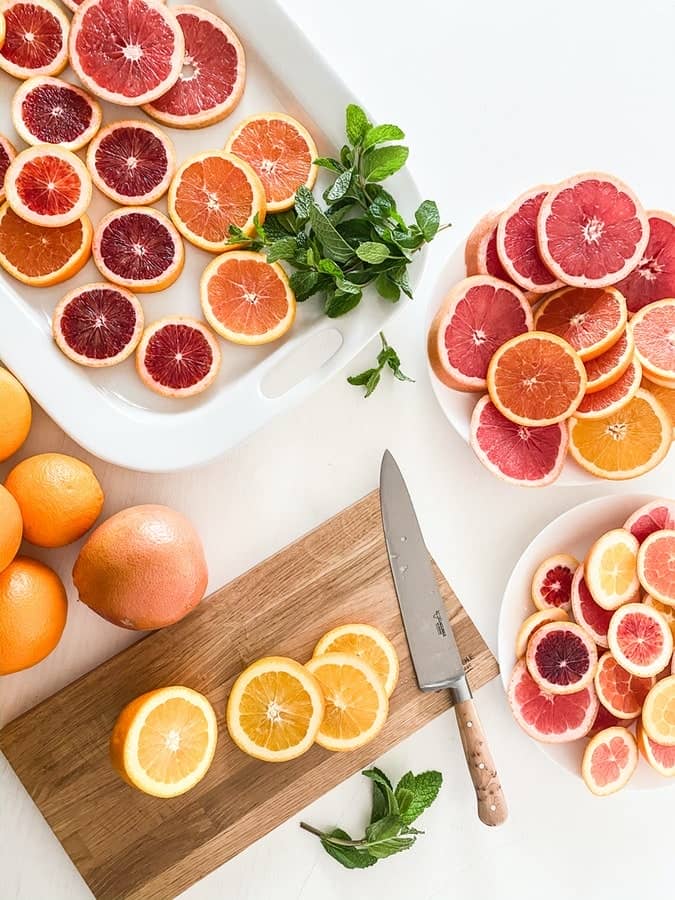
In addition, it is juicy (remember the coconut water inside of the shell), and nuts have no juice or any other liquids inside, right?
So what is it? Is coconut a fruit or a nut?
Well, botanically, coconut belongs to drupes, the kind of fruits that have an outer fleshy part that surrounds a single hardened shell with a seed or kernel inside. And since coconuts lack many of the proteins that people with a tree nut allergy are sensitive to, they can be eaten safely without causing any allergic reaction.
Coconuts grow on the coconut palm trees in large bunches. At first, the fruits are green and huskless, but as they become riper and riper, they obtain the appearance that we all know – the hairy brown cover that hides the hard fruit.
Most of us don’t know about it, but the fully grown coconut has a big seed inside. This seed is surrounded by the white flesh and that flavorous coconut water.
So yes, coconuts are not shallow inside as you could probably think before.
To get that white meaty part, the coconut must be cracked in two. Then each half needs to be tapped while it’s turned cut side down to loosen the flesh. And then the flesh is taken out with a knife or scooped out with any flat object.
Coconut Classification. Is It a Fruit, a Nut, Or a Seed?
When talking about nuts, we imagine them to be covered with a hard shell and having the same hard inside part. If we compare the most common sorts of nuts, such as walnuts, almonds, cashew nuts or hazelnuts, we will see that all of them have the same features.
But when it comes to coconuts, most of us would get stumbled. What are those?!
They might resemble nuts because coconuts also have hard outer shells. However, if we crack them open, we will see that the insides are soft! And that makes them look more like fruit. So what are they? Are coconuts fruit? Or maybe, they are nuts?
Yes, coconuts are pretty hard to define both for the consumers and even for the specialists in this field! And to be able to do this, we first need to figure out what fruits actually are from a botanical point of view.
So, botanically, fruits are reproductive parts of a plant’s flowers. This includes its ripened ovaries, seeds, and nearby tissues. This definition includes nuts, which are a type of closed seed.
As for the coconut, despite having the word “nut” in its name, it is actually…a fruit! To be even more precise, coconuts fall under a subcategory which is known as drupes.
Those are defined as fruits that have an inner soft flesh and seed that are surrounded by a hard shell. Exactly what we see in coconuts!
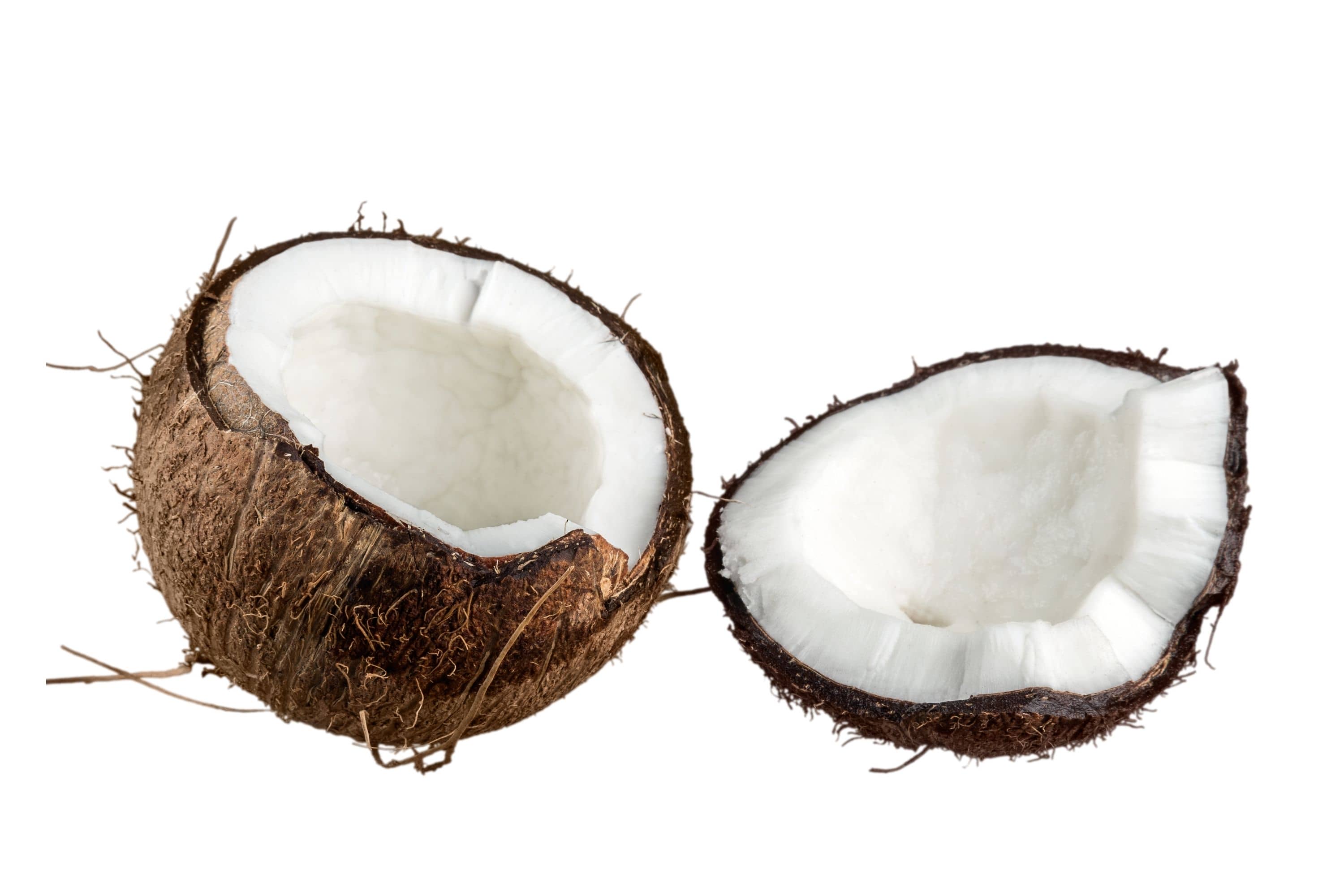
Interesting Coconut Facts
Coconuts are not just health-beneficial and tasty, they are also extremely versatile and can be used for making things that you could not even imagine! Just check out the most curious facts about this foodstuff!
- Every bit of the coconut is used. They can be used for producing drink, fiber, food, fuel, utensils, musical instruments, and much more!
- When intravenous solution was in short supply, doctors during World War II and Vietnam used coconut water in substitution of those.
- Botanically, the coconut palm is not a tree since there is no bark, no branches, or secondary growth.
- Possibly the oldest reference about coconuts takes its origin from Cosmas, a 5th century AD traveler from Egypt. He wrote about the “Indian nut” or “nut of India” after visiting India and Ceylon. Some scholars believe Cosmas was describing a coconut.
- In the 9th century, an Arab merchant named Soleyman visited China and later he described the use of coir fiber and toddy made from coconuts.
- In the 16th century, Sir Francis Drake called coconut “nargils”, which was the common term used until the 1700’s when the word coconut was established.
- It takes from eleven to twelve months for the coconut to mature!
- At one time scientists identified over sixty species of Cocos palm. Today, the coconut is a monotypic with one species, nucifera. However, there are over eighty varieties of coconut palms, which are defined by characteristics such as dwarf and tall.
- Coconut growing regions are as far north as Hawaii and as far south as Madagascar.
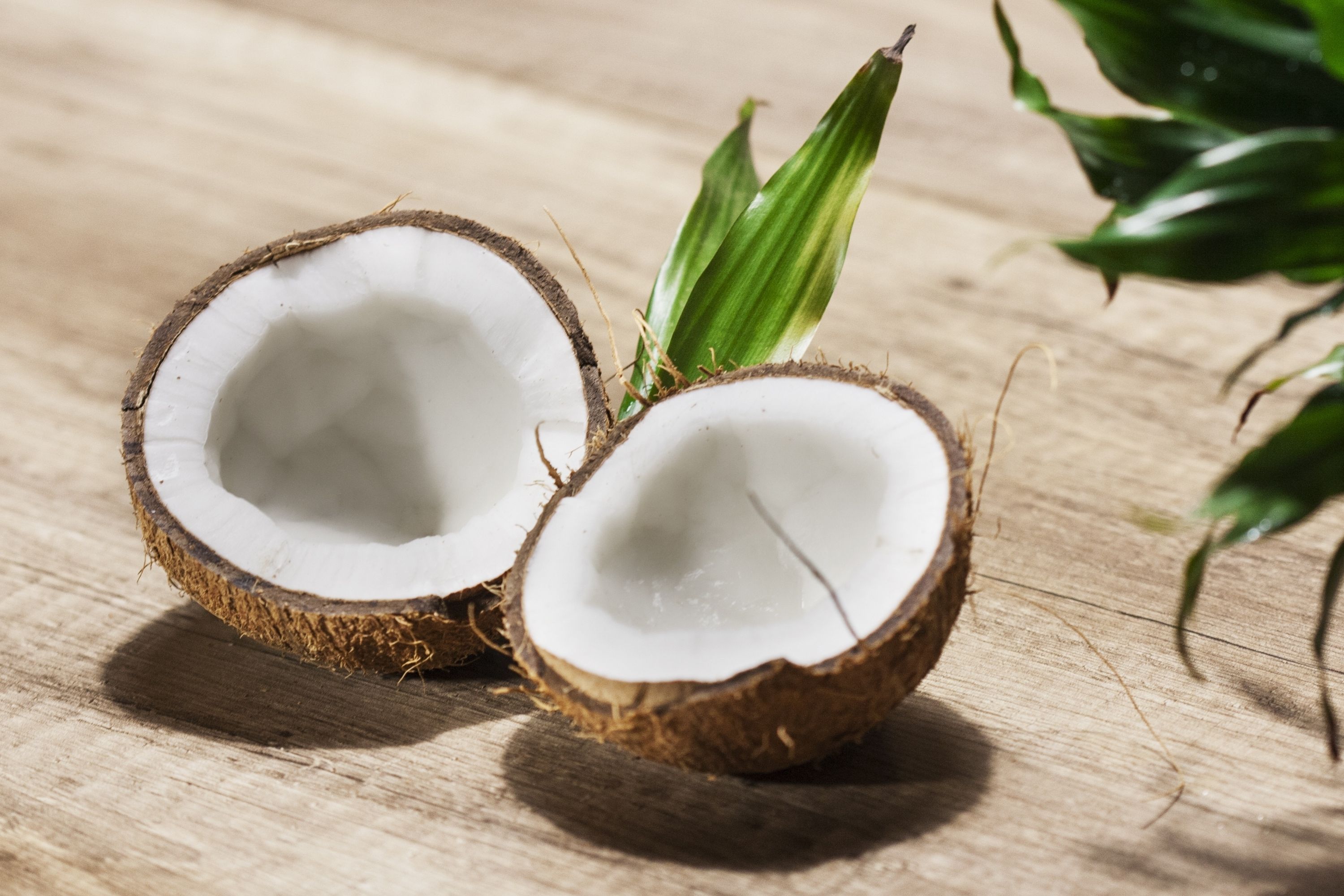
Tree Nut Allergies And Coconut
Since coconut can also be considered a tree nut (well, technically), those who have nut allergy may be concerned about adding this product to their meals.
However, there is nothing to worry about! See, the most common tree nut allergies include those to almonds, hazelnuts, cashews, Brazil nuts, pecans, pine nuts, pistachios, and walnuts. As you can see, coconut is not on the list.
Also, since coconuts are botanically classified as fruit, they lack many of those proteins that people with tree nut allergies are so sensitive to.
This is why in general, people who suffer from tree nut allergies can still safely consume coconut flesh and other products made of it.
Nevertheless, if you have tree nut allergies, we would recommend you check yourself for a coconut allergy in particular. Even though it is very unlikely that you are sensitive to this fruit, being 100% sure is always good.
And of course, checking is a must if you notice that you have itchiness, stomach pain, hives, or shortness of breath after consuming coconut or coconut-containing products!

Benefits of Coconut
We all know that coconuts are used for their water, milk, and sweet soft flesh. But how many of you know what benefits exactly this fruit gives us?
And in fact, coconut is filled with healthy benefits that will surely make you think about including this foodstuff into your daily diet.
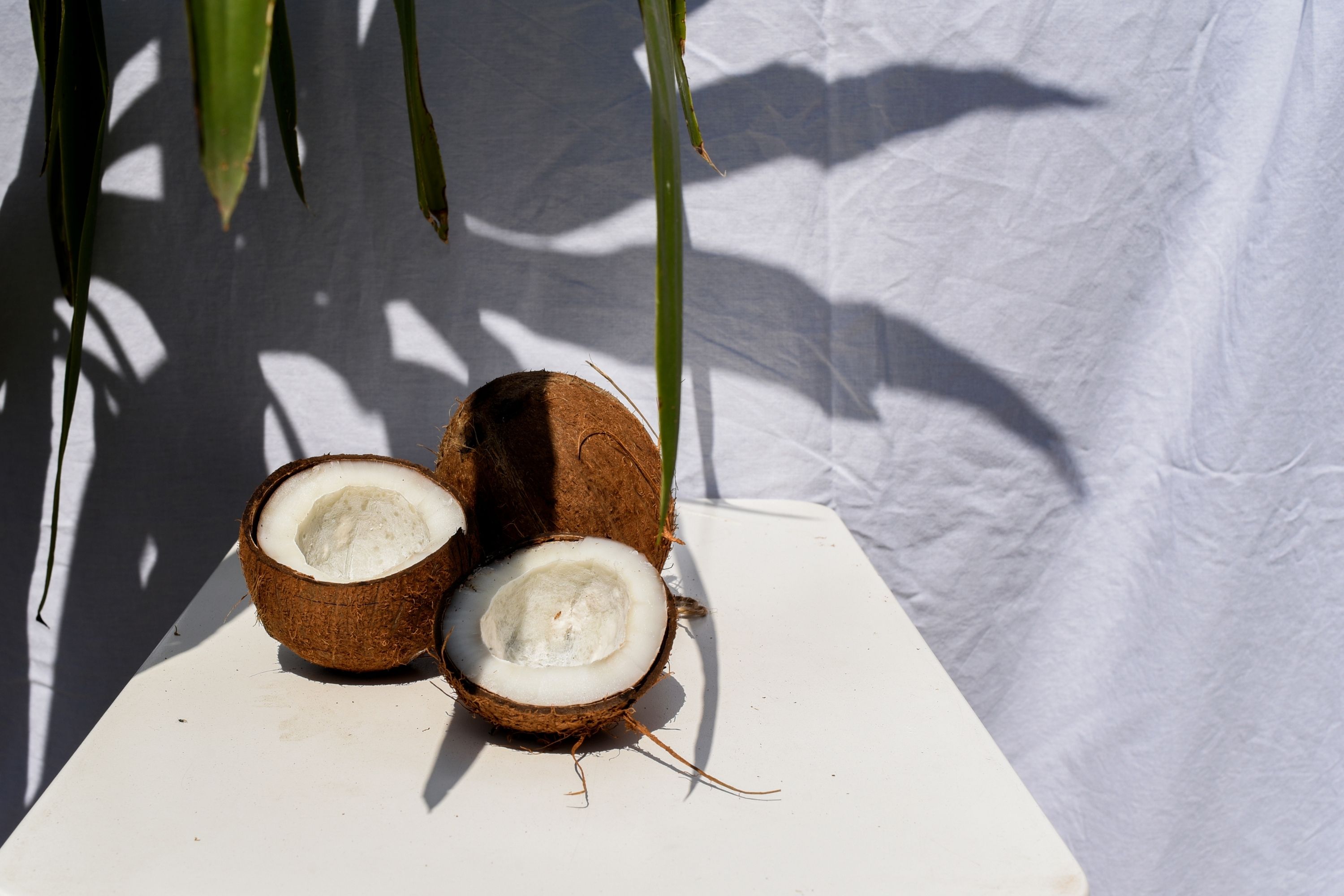
Credits: tekkaya, via Canva.com
- Coconuts are highly nutritious. But unlike other fruits that contain mostly carbs, coconuts are majorly fat. Might not be very safe for your body weight, but if consumed moderately, it will only bring you good.
- Also, coconuts contain protein, important minerals (such as manganese, cooper, iron, and others), and B vitamins. This is why eating coconut meat is so beneficial for the health of our bones, as well as for the metabolism of carbohydrates, proteins, and cholesterol!
- Another benefit of consuming coconuts is that they are very good for our heart health. In addition, if you consume virgin coconut oil which is derived from dry coconut meat, you will significantly reduce the amount of belly fat! And that is super great for supporting your heart and avoiding any heart diseases and issues!
- Since coconuts are low in carbs and high in fiber and fat, they may help stabilize your blood sugar level.
- Coconuts are filled with powerful antioxidants that help to protect you from oxidative damage. In addition, coconut meat has antioxidant and free-radical-scavenging activity.
- Finally, coconuts are very easy to incorporate into your diet! They can be added to almost anything from curry and fish stew to rice and breaded shrimps. And of course, let’s not forget about baked desserts with shredded coconut flesh!
Why Is Coconut Healthy

In fact, no matter whether coconut is a fruit or a nut, it is extremely healthy and beneficial for people.
- Coconuts contain only healthy fats that are easily incorporated by our bodies
- They are rich in lauric acid that helps us to fight viruses
- Eating coconuts regularly will contribute greatly to your brain health and will once and for all make you forget about such things as Alzheimer’s or Parkinson’s!
- Coconuts protect us from type 1 and type 2 diabetes
- Coconut flesh lowers the level of cholesterol
- Fresh coconut meat is a perfect natural source of fiber
- Both coconut water and milk are super rich in minerals
How to Choose Good Coconuts And Keep Them Properly
Since we are not used to dealing with the exotic foodstuffs that often, knowing how to spot ripe coconuts when shopping can both save you time and money.
So, to get the freshest one, follow these instructions.
- Look for whole and unopened coconuts. They must be firm, heavy for their size, and dry around the “eyes”
- If you see small dark spots on a coconut, they are most likely the early signs of mold
- To check the quality, shake the coconut – you need to hear the water splashing inside
- Keep opened coconuts or their flesh refrigerated and make sure you eat them within a few weeks, otherwise, the tasty foodstuff will spoil
- If you are not sure whether you will manage a whole coconut, freeze its flesh. It can stay preserved like this for up to six months
How On Earth to Open It?!
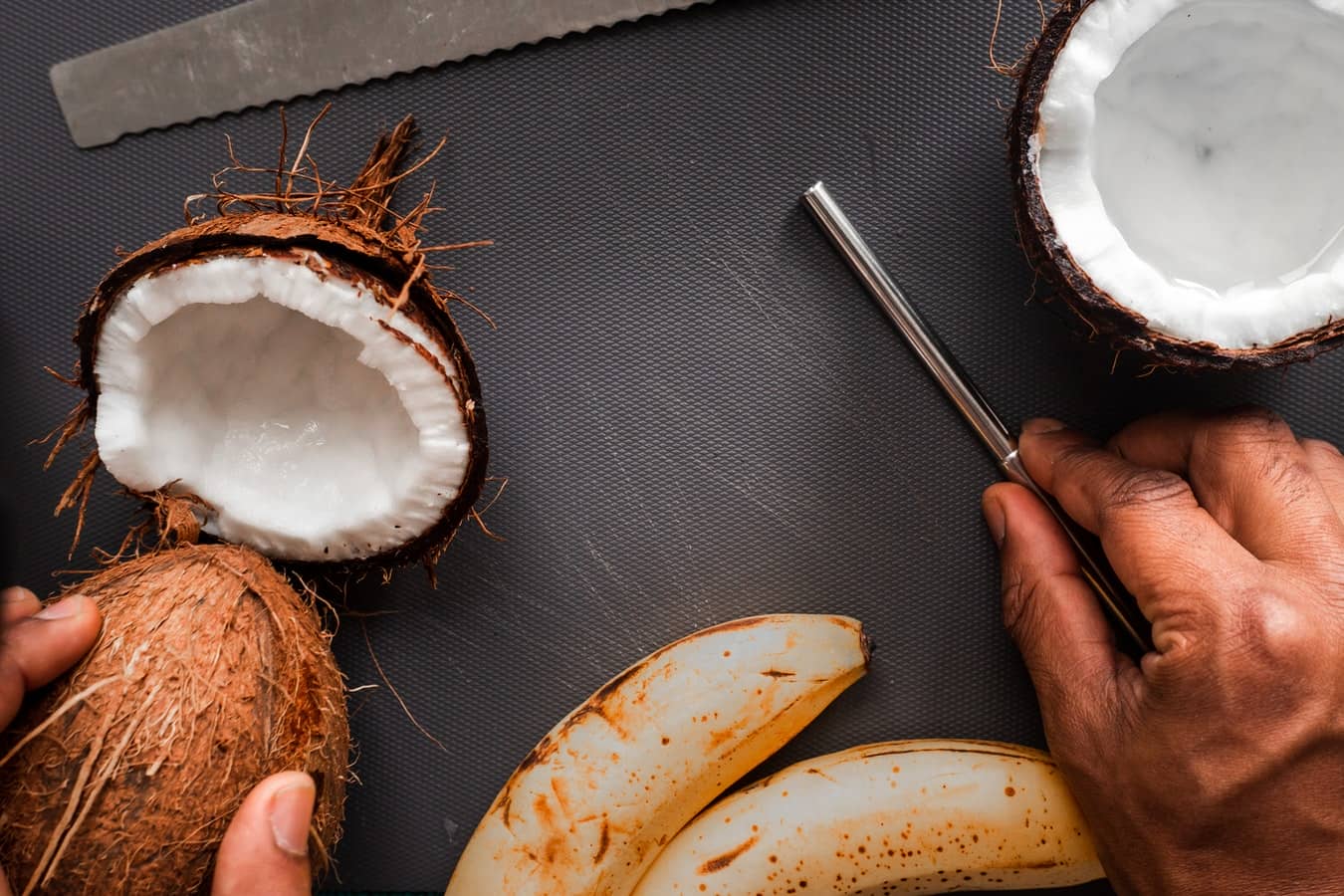
Yes, that might be challenging, especially if you never dealt with this thing before. But relax, we know what to do to get to the meaty white flesh and tasty water!
- Prepare a hammer and a screwdriver
- Puncture the ‘eyes“ of coconut by using a hammer and a screwdriver (you need to penetrate the shell with a screwdriver). Pour the water out from the coco
- Once the liquid is out, hammer the coconut around in circles until the shell cracks. Widen the crack with the help of a screwdriver to split the coconut
- Scrape the flesh out, and remember to scrape the brown skin off it
Done! Now you can enjoy this delicious treat!
[wp-faq-schema title=”Frequently Asked Questions”]

Why is coconut called coconut? Does anyone know where this name comes from?
The name coconut comes from the Portuguese word “coco” that meant “head” or “skull” in the 16th century. I guess it’s because coconut reminds a skull with those “eyes” on it.
Hi! Does anyone know: is corn a fruit?
Yes, corn belongs to fruits, dry fruits if speaking precisely.
Please help me to figure out. Is an olive a fruit? It has that hard seed inside, so it can’t be berry, right?
Hi! Yes, olives are fruits, drupes, to be precise, just like coconuts.
Why do coconuts have 3 holes? I noticed them when we bought one recently. What are they for?
Well, if I remember right, those wholes are something like pores for the seedlings to emerge.
Is watermelon a fruit or a berry? I’m allergic to berries, but what about watermelon?
Botanically, it is a fruit. But I guess you should ask your doctor whether watermelons are ok for you.
Is a coconut a fruit or a vegetable? Or maybe it’s a nut? See, I’m allergic to nuts. But I know that coconut is very healthy and so I’d like to incorporate it into my diet. But if it’s a nut, then I won’t be able to do this. So what’s the answer?
Well, I can tell you for sure that coconut is not a nut despite the word “nut” in its name. So you can eat it safely! It is actually a sort of fruit. And if I remember correctly, coconut belongs to the same category of fruits known as drupes. This group includes peaches, walnuts, almonds, etc.
What are the coconut fruit benefits? I know that coconut oil is very fatty, so maybe coconuts are better to be avoided if I want to eat healthy?
Hi! Well, you are right, coconut oil, as well as coconut milk and coconut meat in particular, are rather fatty (33 grams of fat per 100 grams of product, if I’m correct). But at the same time, this fruit is very healthy! It’s stuffed with minerals and microelements, e.g. copper, manganese, selenium, and others. And it’s also rich in fiber and protein, and carbs. But I’d not call it safe if you’re trying to get slim! Coconuts are rich in calories, having 650 kcal per 100 grams.
Is coconut a nut or a fruit? Does anyone know?
It’s a sort of fruit. It belongs to the same category as beaches, pears, and some other fruits.